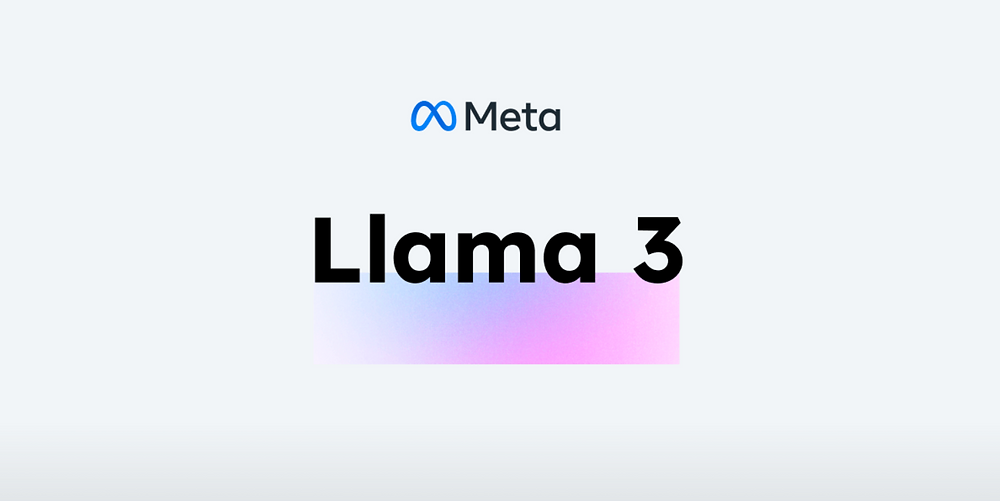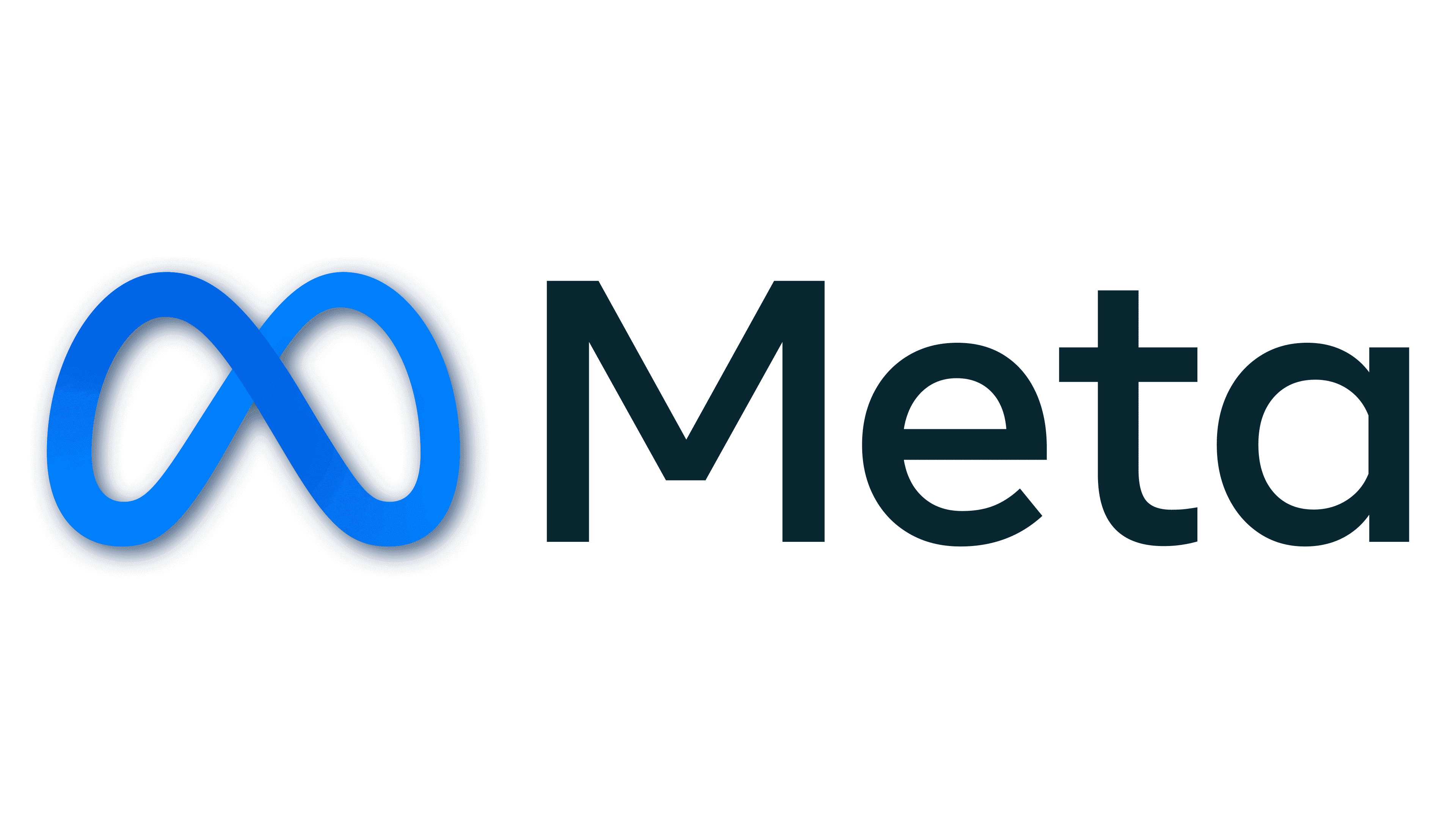

Eric-Tuan Lê
Research Scientist · Meta AI
I am a Research Scientist at Meta AI developing multimodal reasoning capabilities in the Llama vision–language models. My work centers on post-training (SFT → RLHF/RLAIF) to enhance step-by-step reasoning, factual consistency, and instruction-following across text–image tasks. I have contributed to Llama 3 & 4 through structured-image alignment (charts, tables, forms, and UIs) and large-scale synthetic QA generation pipelines to expand data coverage and reasoning diversity.
Before joining the Llama team, I worked in GenAI 3D at Meta, conducting research on 3D and 4D generative modeling -- training diffusion and flow-matching models over signed distance fields (SDFs) and extending score distillation sampling (SDS) to dynamic scene generation.
Previously, I earned a PhD in Computer Science from University College London (Smart Geometry Processing Group) co-advised by Iasonas Kokkinos and Niloy J. Mitra, specializing in deep learning for 3D vision and graphics. My prior research experience includes Meta AI, Adobe Research (ICCV 2021 + patent), and Snap Inc. (CVPR 2024 + patent). I serve as a reviewer for CVPR, ICCV, ECCV, and NeurIPS.
Research

MeshPose: Unifying DensePose and 3D Body Mesh Reconstruction
CVPR 2024
Method unifying DensePose and Human Mesh Reconstruction, achieving significantly higher 2D DensePose accuracy while maintaining on-par 3D reconstruction quality and real-time performance for AR applications.
StyleMorph: Disentangled 3D-Aware Image Synthesis with a 3D Morphable StyleGAN
ICLR 2023
3D-aware generative model bridging morphable models and 3D-aware GANs; generates shapes through a morphable template with dense correspondence, enabling disentangled control over shape, pose, and appearance.
Work Experience

Research Scientist — London, UK (Mar 2024 – Present)
Working across two research efforts within GenAI and Llama organizations:
- Llama Post-Training (Multimodal: Text + Image): Contributed to advancing multimodal reasoning models through supervised fine-tuning (SFT) and reinforcement learning (RLHF/RLAIF), improving step-by-step reasoning, factual consistency, and instruction-following. Also worked on structured-image alignment (charts, tables, forms, UIs) and synthetic QA generation pipelines to broaden multimodal data coverage and task diversity.
- GenAI 3D: Trained and evaluated flow-matching models for 3D shape editing and enhancement by learning time-conditioned velocity fields over signed distance functions (SDFs). Improved geometric fidelity, edit controllability, and stability through few-step ODE sampling, classifier-free guidance, and ablations on path parameterizations.
Research Intern (GenAI 3D) — London, UK (Jun 2023 – Dec 2023)
Extended Score Distillation Sampling (SDS) to 4D (3D+time) generation, improving temporal coherence and geometric consistency for dynamic scene modeling. Built pipelines for time-consistent mesh and texture extraction from volumetric reconstructions.

Research Intern — London, UK (Jun 2022 – Dec 2022)
Developed MeshPose (CVPR 2024 + patent), a real-time framework unifying DensePose and 3D body mesh recovery for augmented-reality applications. Designed geometry-aware losses aligning 2D DensePose UVs with mesh supervision, achieving over 100 FPS inference and state-of-the-art 2D reprojection accuracy while maintaining competitive 3D performance.

Research Intern — San Jose, USA (Jun 2020 – Nov 2020)
Designed CPFN (ICCV 2021 + patent), a cascaded primitive-fitting network for robust geometric reconstruction from high-resolution 3D point clouds. Introduced an adaptive patch-sampling strategy that jointly leverages global and local detections for state-of-the-art accuracy.
Patents
Real-time framework unifying 2D dense correspondence (DensePose) and 3D body mesh estimation for AR, enabling efficient and accurate human reconstruction on mobile devices.
Cascaded neural architecture for detecting and fitting geometric primitives in large-scale 3D scans, providing fast, interpretable, and high-fidelity 3D reconstruction.